NVIDIA nForce4 Ultra: Biostar's Performance Surprise
by Gary Key on February 16, 2006 12:05 AM EST- Posted in
- Motherboards
Basic Features: Biostar TForce4 U 775
The Biostar TForce4 U 775 is a member of the TForce4 Series product family and, as such, is a value-based board targeted towards the enthusiast user who is concerned about price and performance. The board ships with an accessory package that includes the standard assortment of IDE/SATA cables and power connectors. Biostar also includes a driver CD along with several desktop utilities for monitoring and tuning your system.
Overall, the BIOS options are very good for a chipset that NVIDIA has stated is not optimized for overclocking. The board's bios even includes a built in memory tester based upon Memetest86+ version 1.55. We would like to see more memory voltage options included in the BIOS along with the ability to adjust the PCI bus speeds.
| Specification | Biostar Tforce4 U 775 |
| CPU Interface | LGA775-based Pentium 4, Pentium 4 XE, Celeron D, and Pentium D processors |
| Chipset | NVIDIA nForce4 Ultra - SPP (C19, rev. C1) NVIDIA nForce4 Ultra - MCP (MCP51, rev A20)(nForce 430) |
| Pentium D Support (Dual-Core) | 820D, 830D, 840D, 840EE, 920D, 930D, 940D, 950D, 955EE |
| Front Side Bus | 1066 / 800 / 533 MHz |
| Front Side Bus Speeds | Default, 450MHz ~ 1300MHz in 1MHz increments |
| Memory Speeds | Default, 400MHz ~ 1300MHz in 1MHz increments |
| PCI Bus Speeds | Default |
| PCI Express Bus Speeds | Default, 100MHz ~ 148.4375MHz in various increments |
| Set Processor Multiplier | 12 to 60, (in 1 step increments) |
| LDT Multipliers | 1x, 2x, 3x, 3.5x, 4x, 5x |
| Core Voltage | Default, 1.1000V to 1.8250V (in 0.0125V increments) |
| DRAM Voltage | Default, 2.05V, 2.10V, 2.25V |
| SPP Chipset Voltage | Default, 1.53V, 1.58V, 1.61V |
| FSB Voltage | Default, 1.30V, 1.40V, 1.50V |
| Memory Slots | (4) x DIMM, max. 4GB, DDR2 667/533/400, non-ECC, un-buffered memory |
| Expansion Slots | (1) x PCI-E x16 (operates in 1x16 mode) (2) x PCI-E x1 (operates in x1 mode) (4) x PCI 2.2 |
| Onboard SATA | NVIDIA nForce 430: (4) x SATA II |
| Onboard IDE | NVIDIA nForce 430: (2) x UltraDMA 133/100/66/33 |
| SATA/IDE RAID | NVIDIA nForce 430: (4) x SATA II RAID 0, RAID 1, RAID 0+1, RAID 5 |
| Onboard USB 2.0 | (8) USB2.0 ports |
| Onboard LAN | Realtek 8201CL PCI 10/100Mb/s LAN - PHY |
| Onboard Audio | Realtek ALC-850, 8-channel capable Audio |
| Power Connectors | 24-pin ATX 4-pin ATX 12V |
| Back Panel I/O Ports | 1 x PS/2 Keyboard 1 x PS/2 Mouse 1 x Parallel 1 x Serial 1 x Audio I/O Panel 1 x RJ45 4 x USB |
| Other Features | (O.N.E.) - Overclocking Navigator Engine (C.R.P.) - CMOS Reloading Program (M.I.T.) - Memory Integration Testing (I.F.P.) - Integrated Flash Program (S.R.S.) - Self Recovery System Hardware Monitor - Windows Based Overclocking Utility - Windows Based (Limited Functionality) Smart Fan Function - Windows Based Live Update - Windows Based BIOS Update Program |
| BIOS | N4UIA126-BST (1/26/06) |
The Biostar TForce4 U 775 is a member of the TForce4 Series product family and, as such, is a value-based board targeted towards the enthusiast user who is concerned about price and performance. The board ships with an accessory package that includes the standard assortment of IDE/SATA cables and power connectors. Biostar also includes a driver CD along with several desktop utilities for monitoring and tuning your system.
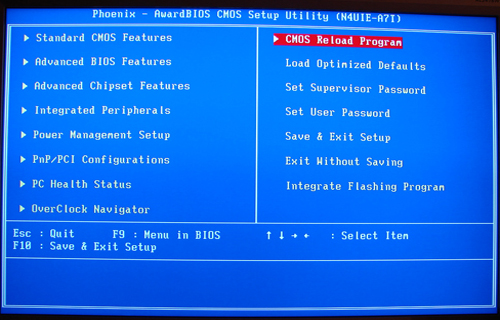
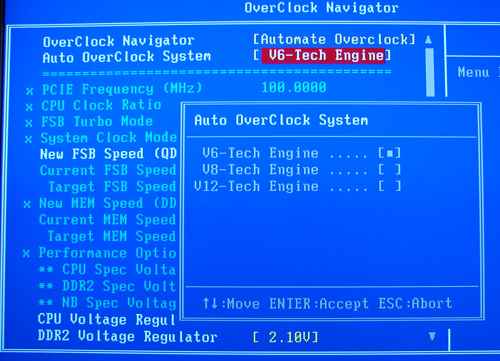
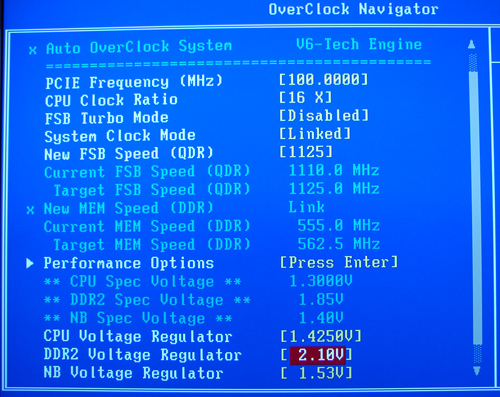
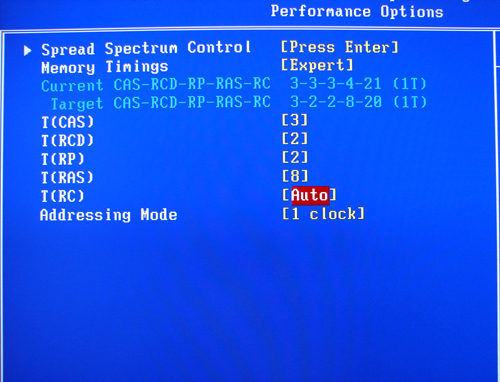
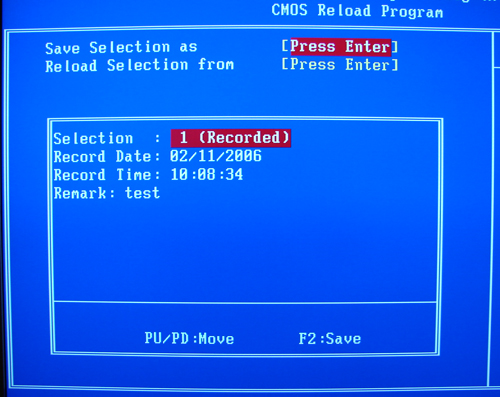
Overall, the BIOS options are very good for a chipset that NVIDIA has stated is not optimized for overclocking. The board's bios even includes a built in memory tester based upon Memetest86+ version 1.55. We would like to see more memory voltage options included in the BIOS along with the ability to adjust the PCI bus speeds.










31 Comments
View All Comments
Ecmaster76 - Thursday, February 16, 2006 - link
If they do they might acually catch up with AMD.Supposedly their CSI project is falling apart. If they swallow their pride their server department would find a boon in HT